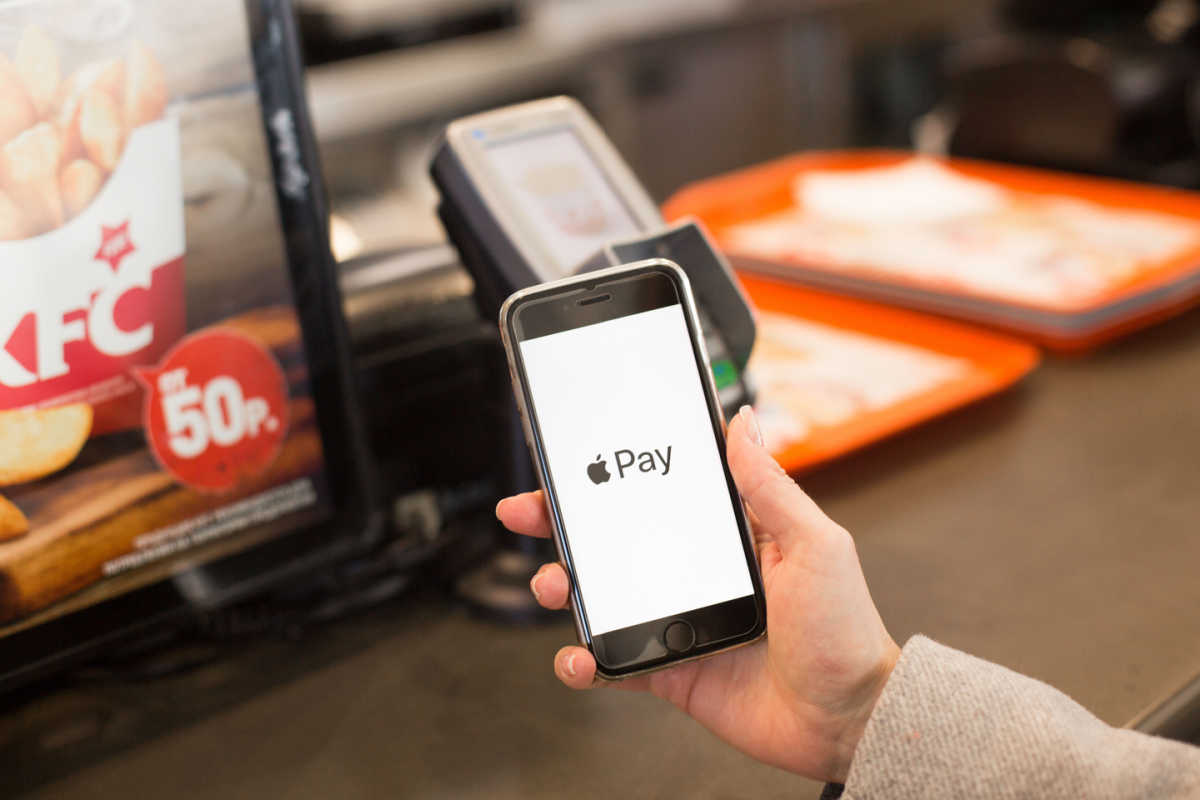The recent launch of Apple Pay Later saw the big tech giant become the latest firm to embrace the Buy Now, Pay Later (BNPL) sector as it continues to gain mass popularity.
Apple’s new four instalment-based payment method will look to bring about a seamless payment experience by embedding the option into the already popular Apple Wallet, with payments being able to be spread across six weeks to add more payment flexibility.
Apple is now looking to rival some of the BNPL sector’s biggest providers, such as Klarna and ClearPay, as well as aiming to become an all-in-one payment gateway.
Mariano Gomide de Faria, CEO and Co-Founder of VTEX, believes that Pay Later was the inevitable next step for Apple and thinks that its new BNPL offering will help them become as “accessible as Netflix”.
He said: “While this news has generated a lot of buzz, I see this as a natural step for Apple. Apple is known for creating excellent products and has had a credit card on the market for four years, so it is surprising it took this long to launch a buy now, pay later product.
“The next step after making the users used to a monthly payment is to boost the subscription model. In a few years Apple will be as accessible as Netflix: you will pay a fixed monthly fee and have access to a specific level of products – a Product as a Service (PaaS).”
Despite its surge in popularity during the pandemic, the BNPL sector has taken several hits since last year, with funding now becoming much more of a premium and due to the continuing uncertainties surrounding the global economy, mass layoffs have also become prevalent.
There have also been calls to begin to regulate the BNPL sector as government officials are worried over irresponsible spending on products and goods consumers cannot afford during the current cost-of-living crisis.
Aiming to try and resolve this issue, Apple Finance has stated that its Pay Later feature will use the loans used to direct back to US credit bureaus in the fall to better reflect a consumer’s financial profile and promote responsible lending.
Despite some of these issues surrounding the sector, its popularity amongst consumers is not waning, with FinMasters finding that there were a total of 360 million BNPL service users in 2022 alone.
Apple will look to expand BNPL usage of its Pay Later offering in the US in particular, as the country is still coming to grips with the payment offering, not ranking in the top 10 for countries where BNPL is used the most.
Gomide de Faria believes that Apple’s intentions to grow the BNPL sector in the US will be able to disrupt the banking industry in the country whilst also providing a new revenue stream for retailers.
He continued: “Globally, buy now, pay later is just another form of payment that is completely integrated into the retail sector. In many countries, the biggest retailers are the biggest banks. The market for these products in the U.S. is relatively small; it’s still a novel service to many U.S. consumers.
“I’ll be interested to see how it influences the growth of the buy now, pay later market. For sure it is a disruption of the banking industry more than the retail market. It is a new revenue pool for retailers.”























